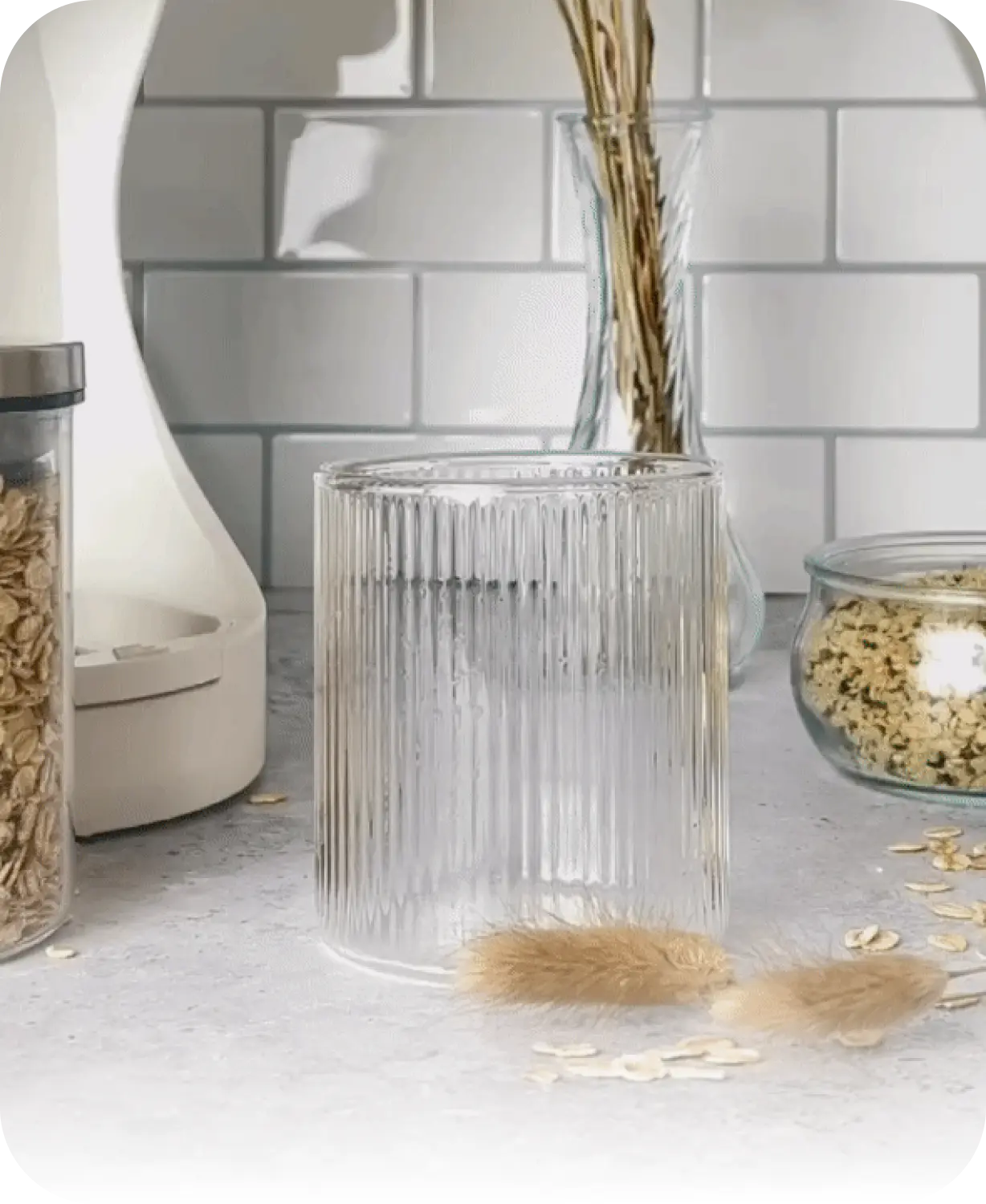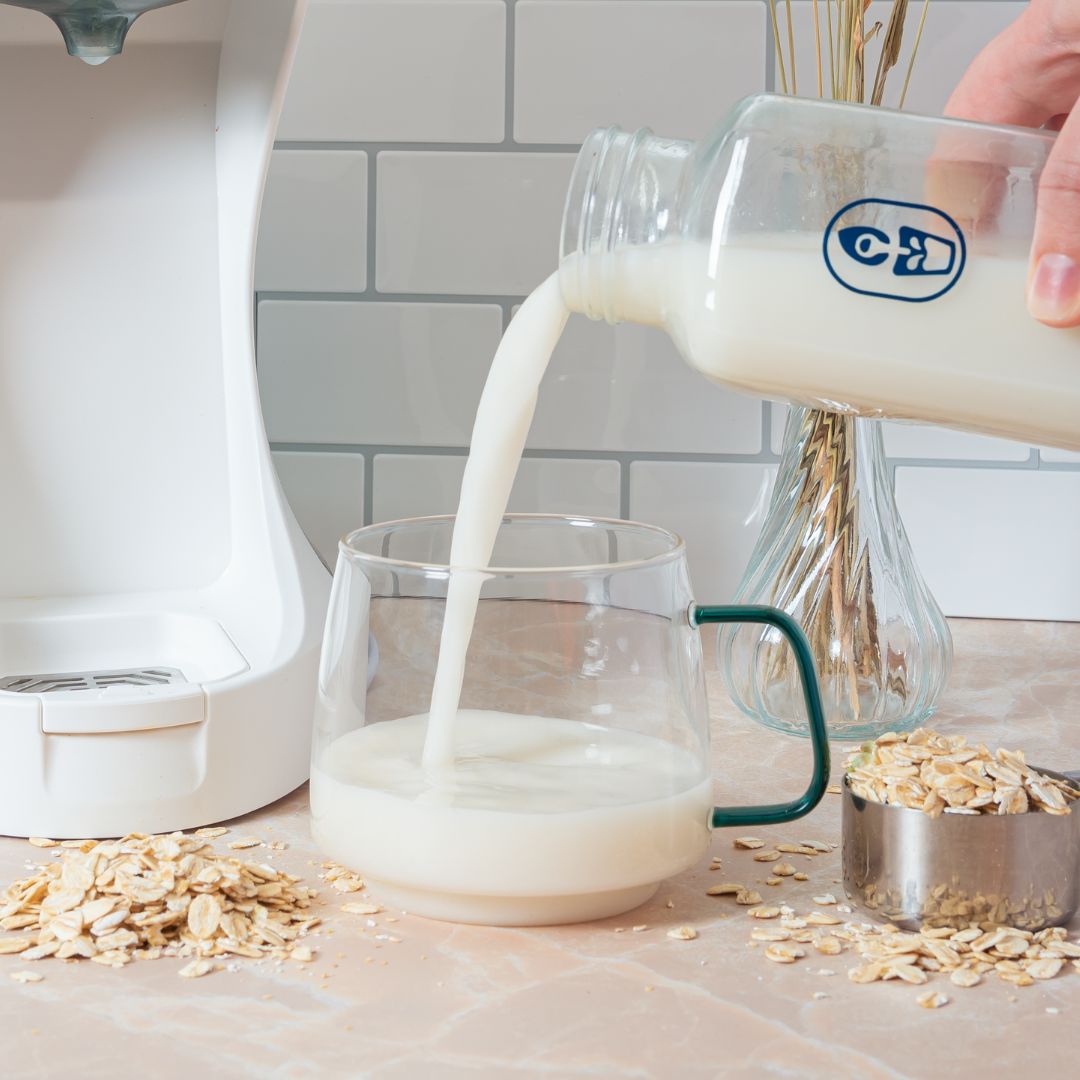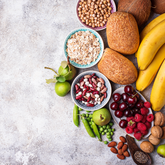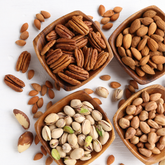Plant-based milk alternatives have gained popularity over the years, offering a dairy-free option for those seeking a more sustainable or lactose-free diet. However, if you've experienced the unexpected presence of pulp in your homemade plant milk, it can be quite frustrating. One of the popular devices for creating plant-based milk is the Milky Plant, and while it's a fantastic tool, there are several reasons why you might end up with an unwanted pulpy texture in your drink. In this blog post, we'll explore three common reasons and offer solutions to ensure your Milky Plant creations turn out silky-smooth.

- Using Too Many Ingredients:
One of the primary reasons why your plant milk may have pulp is due to an excessive amount of ingredients. The Milky Plant, like many other plant milk makers, has a recommended guideline for ingredient measurements.The Milky Plant provides recommended guidelines for ingredient measurements. It's crucial to adhere to these guidelines, which typically recommend around 1 or 1 1/2 scoops of ingredients. Overloading the machine can result in suboptimal blending, leading to a gritty or pulpy texture. To steer clear of this issue, always ensure precise ingredient measurements and refrain from exceeding the machine's maximum fill line.
- Improperly Locked Filtering Sieve:
A second common cause of unwanted pulp in your plant milk is an improperly locked filtering sieve. The filtering sieve is an essential component in the plant milk-making process, and it needs to be securely locked in place before you begin blending. When the lid isn't placed correctly or the sieve is not properly locked, it can lead to an inconsistent blending process, leaving behind particles and pulp in the milk. Be sure to consult the user manual for your Milky Plant to ensure you're correctly assembling the components. . If you need a visual guide, you can watch this tutorial: How To Use The Milky Plant Machine
- Ingredients with Fine Pulp or Starchy Characteristics:
Certain ingredients naturally produce a more powdery or starchy taste in your plant milk, resembling pulp. Uncooked rice is a prime example. To mitigate this, it's advisable to pre-cook ingredients like rice or any other starchy components. Additionally, it's essential to be aware of the specific requirements of the ingredients you're using. Some may necessitate pre-soaking or pre-cooking, especially if they tend to clump or remain powdery after blending.
Making plant-based milk with Milky Plant is a convenient and environmentally friendly choice. However, understanding the potential pitfalls that can lead to unwanted pulp in your milk is crucial for achieving a smooth and delicious result. By following the recommended ingredient measurements, ensuring the filtering sieve is correctly locked in place, and addressing ingredients with fine pulp or starchy characteristics, you can enjoy your homemade plant milk without the frustration of unexpected textures. With these tips, you'll be on your way to silky-smooth plant-based milk every time.















